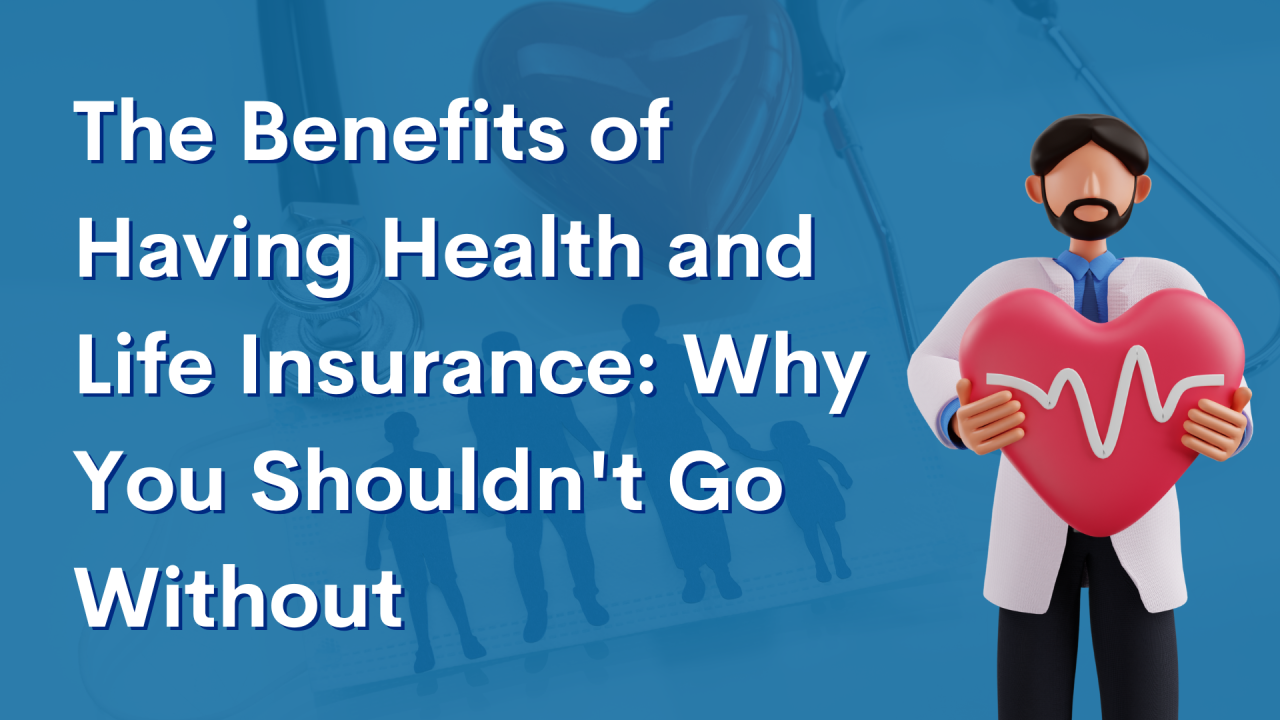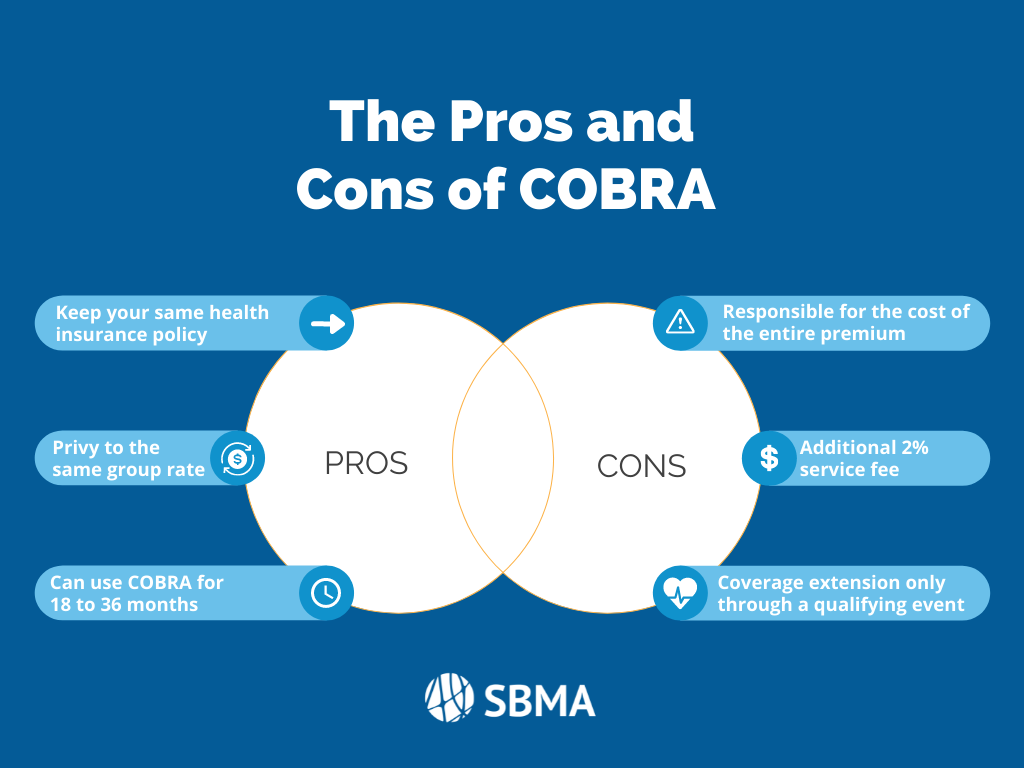Medicare Advantage Agent Fundamentals Explained
Medicare Advantage Agent Fundamentals Explained
Blog Article
The Best Guide To Medicare Advantage Agent
Table of ContentsSome Known Incorrect Statements About Medicare Advantage Agent Not known Details About Medicare Advantage Agent The 2-Minute Rule for Medicare Advantage Agent

complies with from puzzling the reasonably young age profile of the uninsured with the far better health and wellness, generally, of more youthful individuals. This covers the link in between wellness condition and medical insurance. For those without accessibility to work environment health and wellness insurance, inadequate health is a possible obstacle to acquiring nongroup coverage because such coverage may be very priced, exclude pre-existing conditions, or be merely unavailable. The variety of without insurance Americans is not especially large and has not transformed in recent times. Seven out of ten participants in an across the country depictive study assumed that fewer Americans did not have medical insurance than really do(Fronstin, 1998). Approximately half(47 percent )believed that the number of individuals without health and wellness insurance coverage reduced or continued to be continuous over the last half of the last years(Blendon et al., 1999). This decrease of virtually 2 million in the variety of people 'without insurance (a reduction
of about 4 percent)is certainly a positive modification. With a softer economy in 2000 the latest reported gains in insurance coverage might not continue(Fronstin, 2001 ). The decline in the variety of uninsured will not continue if the economic climate continues to be sluggish and wellness treatment costs remain to surpass inflation. This is because the information were collected for a duration of strong financial performance. Of the approximated 42 million people who were without insurance, almost concerning 420,000(about 1 percent)were under 65 years old, the age at which most Americans end up being eligible for Medicare; 32 million were grownups in between ages 18 and 65, about 19 percent of all adults in this age; and 10 million were kids under 18 years old, about 13.9 percent of all kids (Mills, 2000). These quotes of the variety of persons uninsured are generated from the annual March Supplement to the Existing Populace Survey (CPS), performed by the Census Bureau. Unless or else noted, nationwide price quotes of individuals without medical insurance and proportions of the population with various sort of protection are based on the CPS, one of the most widely used resource of quotes of insurance protection and uninsurance rates. These studies and the price quotes they yield are described briefly in Table B. 1 in Appendix B - Medicare Advantage Agent. These studies vary in dimension and sampling techniques, the concerns that are inquired about insurance policy
Facts About Medicare Advantage Agent Revealed
coverage, and the time period over which insurance coverage or uninsurance is gauged(Lewis et al., 1998, Fronstin, 2000a ). Still, the CPS is specifically valuable because it produces yearly quotes relatively rapidly, reporting the previous year's insurance protection approximates each September, and since it is the basis for a consistent set of estimates for even more than 20 years, permitting analysis of patterns in protection over time.

A Biased View of Medicare Advantage Agent
The connection between health insurance and access to care is well established, as documented later on in this chapter. The relationship between wellness insurance coverage and health end results is neither straight neither straightforward, a considerable professional and health solutions research literary works links health insurance coverage
to improved better to care, better much betterHigh quality and improved enhanced individual population populace health and wellnessStanding The second record, on personal health and wellness end results for uninsured adults, is stood for by the innermost circle of the number, while the 3rd record, on household wellness, incorporates the topics of the second report but emphasizes a various unit of analysis, namely, the family.
It focuses particularly on those without any kind of wellness insurance policy for any type of size of time. The problems dealt with by the underinsured are in some areas comparable to those dealt with by the uninsured, although they are normally less severe. Uninsurance and underinsurance, however, involve clearly various plan concerns, and the strategies for resolving them might differ. Throughout this research and the five reports to comply with, the major emphasis gets on persons without any medical insurance and hence no assistance in spending for healthcare beyond what is available via charity and safety web institutions. Health and wellness insurance policy is a powerful aspect influencing invoice of treatment since both clients and physicians react to the out-of-pocket price of services. Wellness insurance coverage, nonetheless, is neither essential nor sufficient to gain access to clinical services. Nonetheless, the independent and straight effect of health
insurance policy coverage on accessibility to wellness services is well developed. Others will certainly get the healthcare they need also without medical insurance, by spending for it out of pocket or seeking it from companies that offer care totally free or at extremely subsidized prices. For still others, wellness insurance coverage alone does not guarantee receipt of care as a result of other nonfinancial obstacles, such as a lack of health and wellness care carriers in their community, restricted access to transport, illiteracy, or etymological and social distinctions. Official research about uninsured populations in the United States dates to the late 1920s and early 1930s when the Committee on the Cost of Treatment created a series of records regarding financing medical professional workplace brows through and hospital stays. This issue came to be significant as the varieties of medically indigent climbed during the Great Depression. Empirical research studies consistently sustain try this web-site the web link in between accessibility to care and improved wellness end results(Bindman et al., 1995; Starfield, 1995 ). Having a routine resource of care can be taken into consideration a predictor of gain access to, instead than a straight procedure of it, when wellness end results are themselves made use of as access signs. This extension of the notion of gain access to measurement was made by the IOM Committee on Keeping An Eye On Access to Personal Healthcare Provider(Millman, 1993, p. Whether or not parents are guaranteed shows up to affect whether or not their youngsters receive treatment as well as just how much careeven if the youngsters themselves have coverage(Hanson, 1998). The health of moms and dads can influence their ability to look after their kids and the degree of family stress. Bothering with their youngsters's access to care is itself a source of stress and anxiety for moms her explanation and dads. 3 chapters adhere to in this record. Chapter 2 offers an introduction of how employment-based medical insurance, public programs and private insurance plan run and connect to supply extensive yet insufficient coverage of the united state populace. This consists of a review of historical trends and public policies affecting both public and personal insurance policy, a conversation of the communications amongst the different kinds of insurance, and an examination of why people relocate from one program to one more or wind up

Report this page